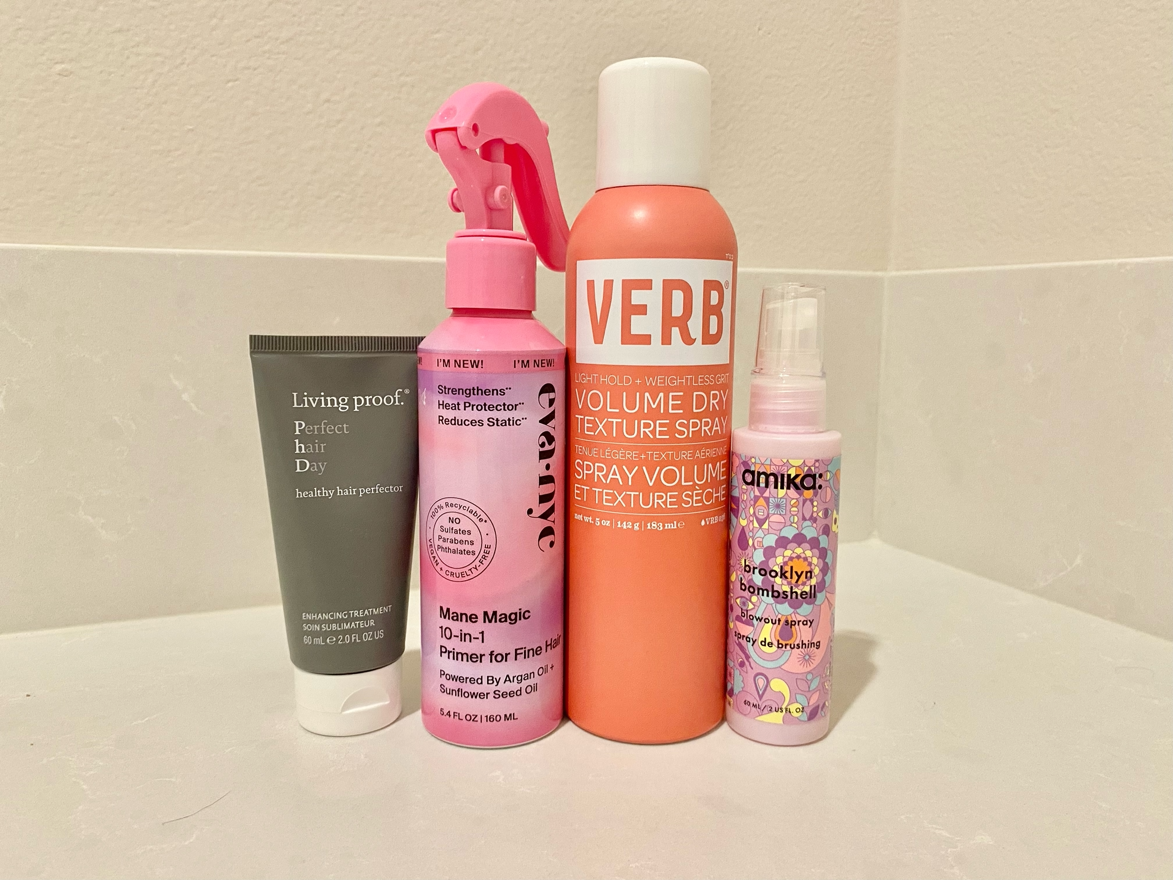How to Steam Hair At Home, Step-by-Step

If you buy through links on our site, we may earn an affiliate commission. As an Amazon Associate, I earn from qualifying purchases. This keeps it 100% reader-supported and free of advertisements or sponsorships. Thanks for your support!
If you’ve ever had your hair steamed, you know the transformative effects it can have on hair, but steaming can be easily done at home even if you don’t have a steaming cap. Steaming benefits many different hair types and is one of the best ways to give hair extra moisture and make the most of your deep conditioning treatments, so learning how to steam your hair at home is definitely worthwhile.
For the uninitiated, steaming hair is when you use moist heat to open the your hair cuticles, allowing conditioning products to penetrate deeper into the hair and have a greater effect. For certain hair types, this practice can have a huge difference in the amount of moisture you have in your hair, but it also comes with a whole host of other benefits.
The Benefits of Steaming Hair
The big benefit of hair steaming is increased moisture in the hair. When your cuticles are open because of their proximity to hot steam, deep conditioner, hair masks, oils, creams, and leave-ins are better able to penetrate, giving you your full money’s worth from your hair products.
Increased moisture from steaming gives hair a smoother and shinier finish, tamps down frizz, and makes hair feel softer.
Who Should Steam Their Hair?
While anyone can steam their hair and see benefits, it’s especially good for those with curly, coily, or highly textured hair, those with low porosity hair, and those with lots of damage and dryness. These hair types and conditions struggle more with getting and retaining moisture.
Steaming your hair can prevent breakage caused by dryness. Those with low porosity hair often struggle to fix dryness because deep conditioner and oils sit on top of the hair rather than penetrating it, but steaming can help make products penetrate further.
What To Put In Your Hair When Steaming
Deep conditioning treatments and hair masks are great for hair steaming, as are hydrating oils. Leave-in conditioners are generally not heavy enough to give your hair major moisture during steaming.
What To Use To Steam Your Hair

1. Steaming cap or deep conditioning cap
Steaming caps are a great choice because they fit your head and enclose all of your hair, maximizing the steam by allowing it to circulate. You can easily put it in the microwave to heat it up and they are pretty affordable.
2. A towel
A towel is a great second option. Like with a deep conditioning cap, a towel can be heated in the microwave. Use hair clips to see your towel enclosed.
3. Use a face steamer
If you have one you can use a face steamer or a clothes steamer. Because they let out concentrated steam, you will have to section your hair and steam the different sections one at a time.
4. Sitting in the shower
This is perhaps the least effective way to steam your hair, but you can still see some benefit by sitting in the shower with hot water running.
However you decide to steam your hair, make sure you are not burning your scalp and that your deep conditioning cap and/or towel are not too hot to the touch.
How to Steam Your Hair At Home, Step-by-Step
1. Start with just-washed hair
Shampoo or co-wash your hair and then detangle your hair with a detangling brush or a wide-tooth comb.
2. Apply your deep conditioner all over your hair
With your hair mask or deep conditioner, cover your hair along the mid-lengths and ends with the product.

3. Cover your hair in a deep conditioning cap or towel to trap the steam
If you are using a cap, you can heat it according to instructions. If you are using a towel, make sure it is big enough to cover your head and then soak it in water. Wring it out and put in the microwave long enough to warm up.
If it is too hot, wait for it to cool down to a suitable temperature and then wrap it around your head. Fasten it with hair clips if necessary; you don’t want the steam to easily escape. It is a good idea to use a shower cap or even Saran Wrap over the towel to ensure the steam stays inside your towel, keeping your hair warm and damp.
4. Let your hair steam until cool
You want to leave your hair to steam until your cap or towel is no longer warm, which can be anywhere between 15 and 45 minutes.
5. Rinse out your deep conditioner
Some of your deep conditioner or oil may not have penetrated and that’s ok—you’ve still gotten a lot of moisture. You’ll want to rinse it out of your hair so it doesn’t create buildup on your strands. After rinsing, once your hair has dried, your hair should feel much softer and more moisturized.
How Often To Steam Your Hair
How often you steam your hair will depend on how dry your hair feeling on a regular basis, and the state of your scalp. If your hair continues to feel dry, steam your hair more regularly, perhaps every week. If your hair starts to feel limp or you are now experiencing more breakage, all that steaming is likely weakening your hair and you’ll want to start skipping steaming sessions.
Steaming is great for your scalp, but too much can irritate your scalp. Steam less frequently if you start to notice your scalp feels sensitive or irritated.
How to Steam Hair At Home Conclusion
Steaming your hair is amazing for those suffering from dryness and damage in their hair, but its also great for those with curly, coily, or low porosity hair. It can make dry hair feel incredibly soft and is a worthwhile addition to your hair routine.
- Tags: hair routine how to


